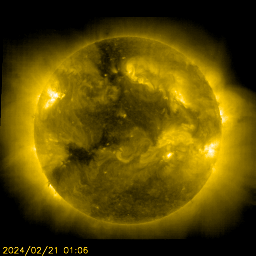5 février 2014
3
05
/02
/février
/2014
00:43
Des études ont prouvé que la vache avait une intelligence équivalente au chien...
Pensez y quand vous mangez du "boeuf"....
Merci p'tite soeur....












